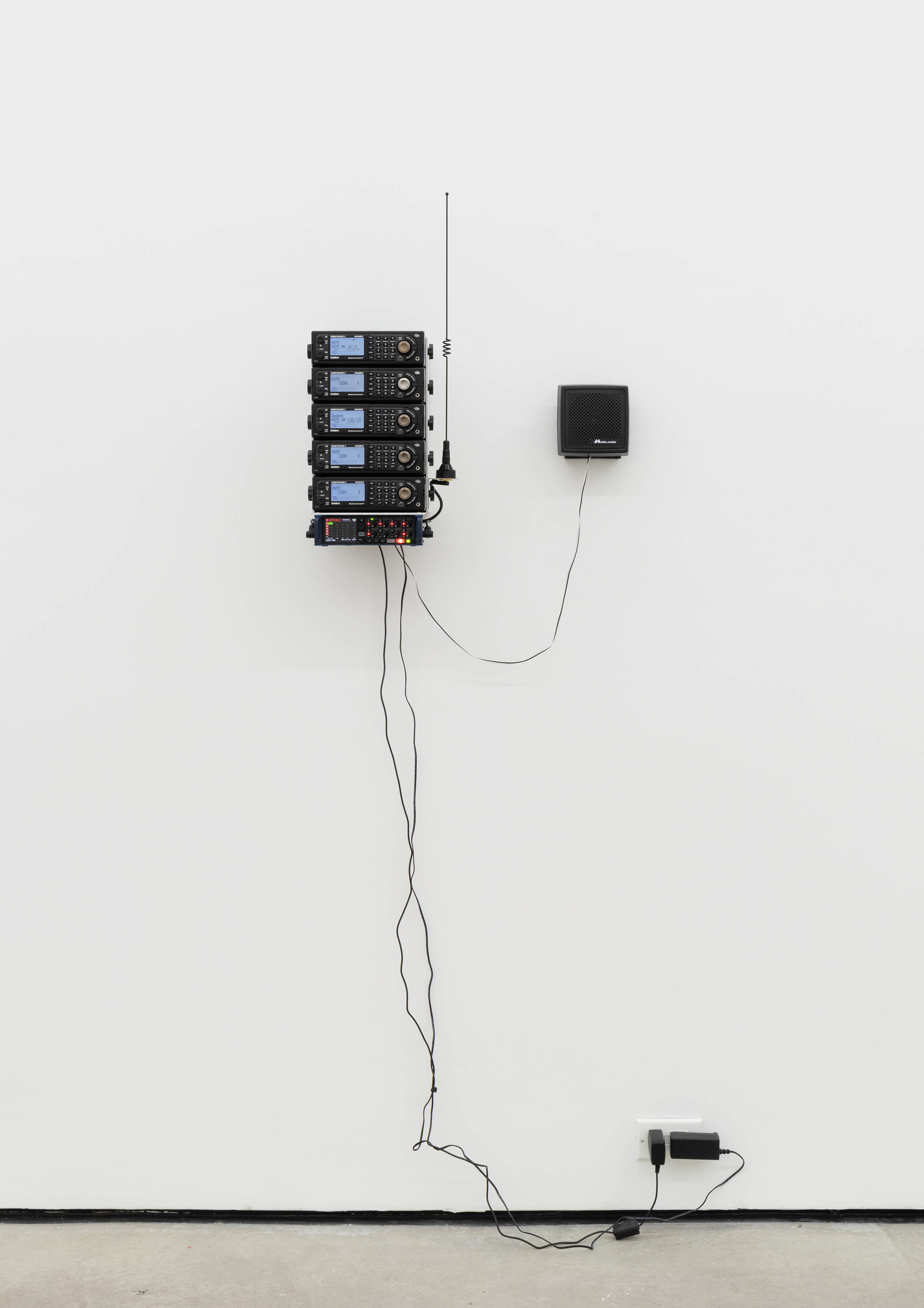10 Easy Facts About Legionnaires' disease - Wikipedia Explained


Lead and Copper Water Test – SimpleLab Tap Score
Some Known Questions About Testing for Lead and Copper in Child Care Facilities.
1 and 5. 0% develop the illness, while among those in healthcare facility, between 0. 4 and 14% develop the illness. Those with Legionnaires' disease typically have fever, chills, and a cough, which might be dry or might produce sputum. Practically all experience fever, while around half have cough with sputum, and one-third cough up blood or bloody sputum.
As much as half of those with Legionnaires' disease have gastrointestinal signs, and practically half have neurological symptoms, consisting of confusion and impaired cognition. "Relative bradycardia" might likewise be present, which is low to regular heart rate despite the presence of a fever. Laboratory tests may reveal that kidney functions, liver functions, and electrolyte levels are abnormal, which might consist of low sodium in the blood.
Distinguishing Legionnaires' illness from other kinds of pneumonia by symptoms or radiologic findings alone is challenging; other tests are needed for definitive medical diagnosis. [] Individuals with Pontiac fever, a much milder illness brought on by the very same bacterium, experience fever and muscle pains without pneumonia. They usually recover in 25 days without treatment.


Water Testing Of Private Preschool Manhattan - Manhattan NY Testing For Copper In Water
Lead & Copper In Water Lab Test - - Water Testing Kits Can Be Fun For Anyone
Other types include,,, and. Transmission [modify] Legionnaires' illness is generally spread out by the breathing in of aerosolized water or soil polluted with the Legionella bacteria. Specialists have actually mentioned that Legionnaires' illness is not sent from person to individual. In 2014, one case of possible spread from somebody ill to the caregiver happened.
The germs grow best at warm temperatures and thrive at water temperature levels in between 25 and 45 C (77 and 113 F), with a maximum temperature level of 35 C (95 F). Temperature levels above 60 C (140 F) eliminate the bacteria. View Details where temperature levels allow the bacteria to grow include hot water tanks, cooling towers, and evaporative condensers of big cooling systems, such as those frequently discovered in hotels and big workplace structures.
Reservoirs [edit] L. pneumophila flourishes in marine systems, where it is developed within amoebae in a symbiotic relationship. Legionella germs endure in water as intracellular parasites of water-dwelling protozoa, such as amoebae. Amoebae are frequently part of biofilms, and when Legionella and contaminated amoebae are secured within a biofilm, they are especially hard to ruin.
